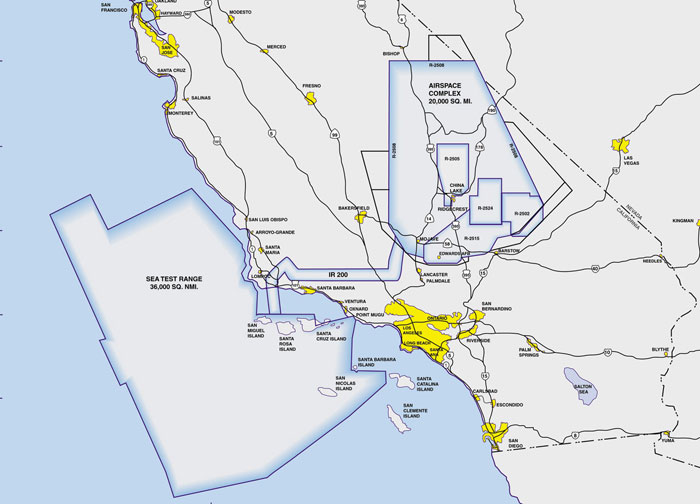(Nov. 8, 2015, 5:40 p.m.) -- Following-up on the classified Navy missile test -- which became visible to millions of people in So. Cal and part of Arizona (LBREPORT.com had the photo (below) from Charlie McGrail on our front page within a few minutes) -- LBREPORT.com provides the full text of a statement issued by the Pentagon and notes that Los Angeles International Airport issued a cryptic advisory (text below) a few hours earlier. LAX states that the military airspace to its west "will be active for one week" -- meaning through November 12 -- which leads us to wonder if we'll see more missile tests in the coming days.

Photo by Charlie McGrail
[Nov. 6 LAX advisory text] -- Los Angeles International Airport (LAX) officials report that the Federal Aviation Administrationís LAX Tower indicates that the military airspace to the west of LAX will be active for one week, creating traffic route limitations and requiring LAX to temporarily deviate from Over-Ocean Operations. The deviations begin tonight, November 6,and continue through November 12.LAX normally operates in Over-Ocean Operations from midnight to 6:30 a.m., wherein aircraft arrive and depart over the ocean to minimize noise disturbance to the communities directly east of the airport.
Active military airspace will require the airport to temporarily deviate from this air traffic flow configuration and to remain in westerly operations (aircraft arriving and departing westbound) for the next seven nights.
As a result, persons living near the airport may notice a change in aircraft flight activity and associated noise, airport officials said.
[Scroll down for further.]

















